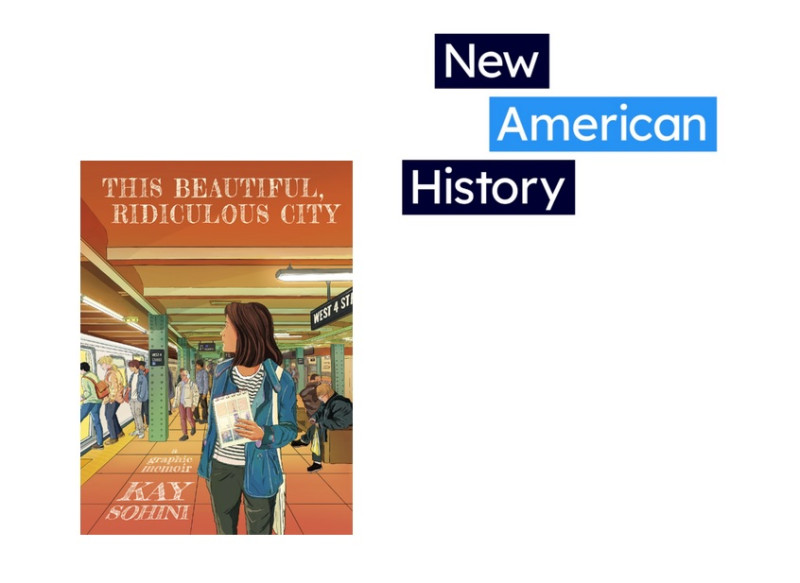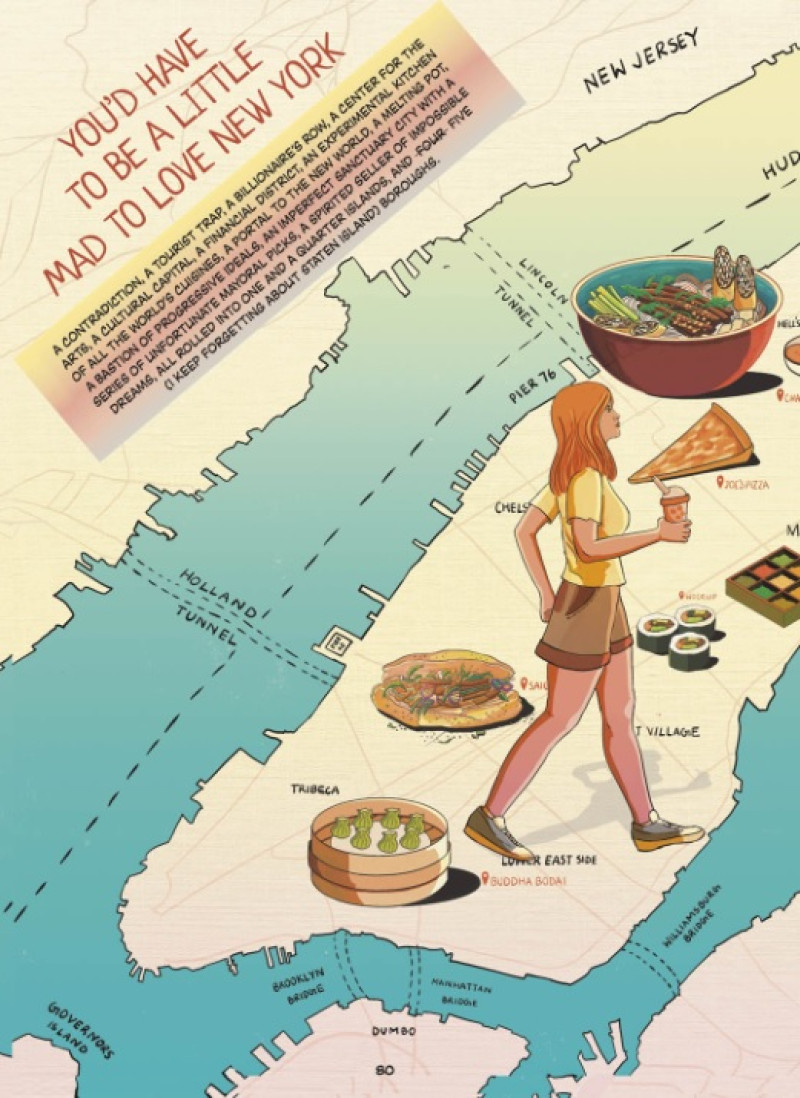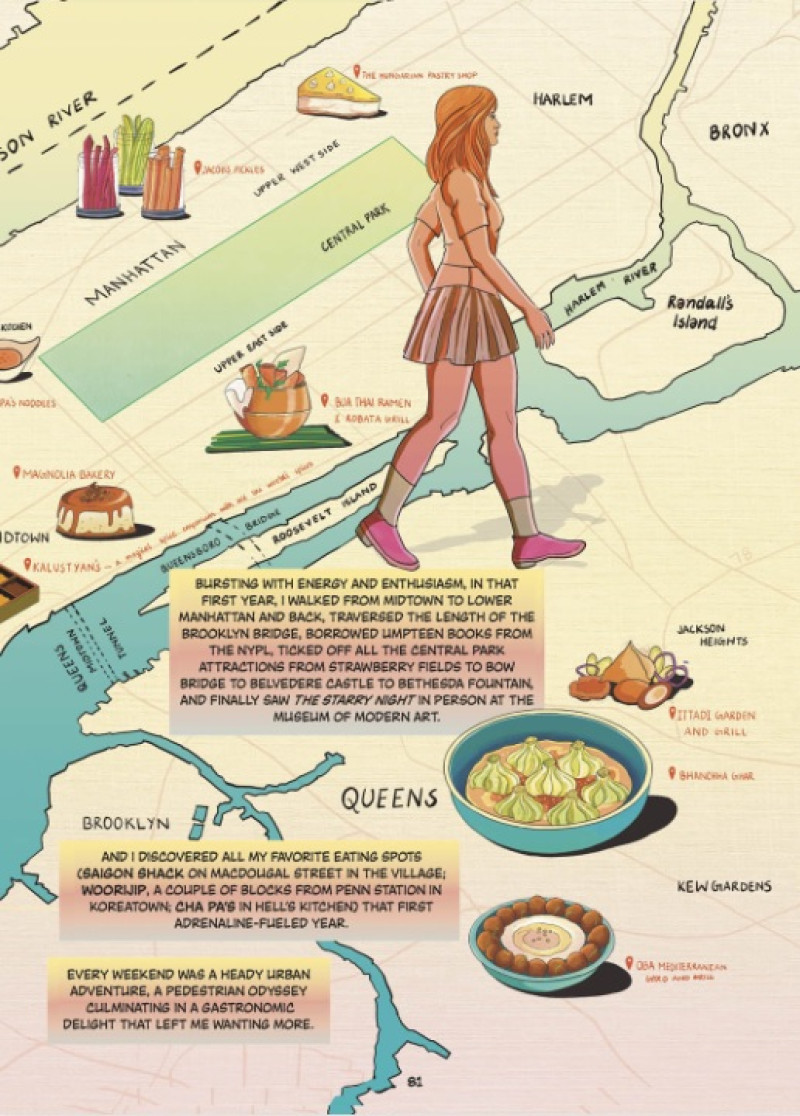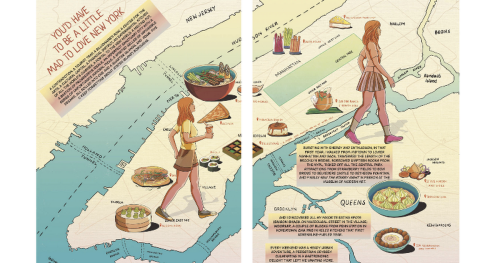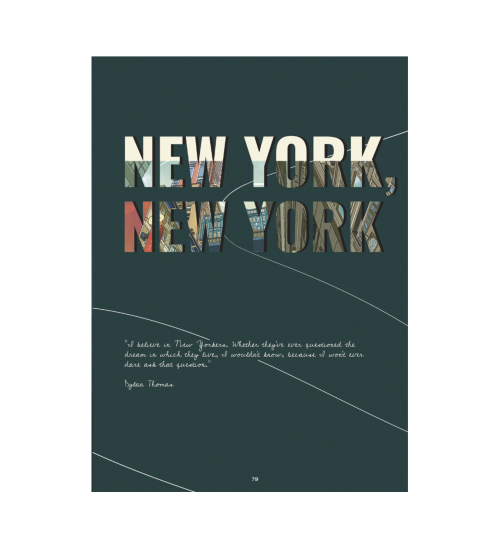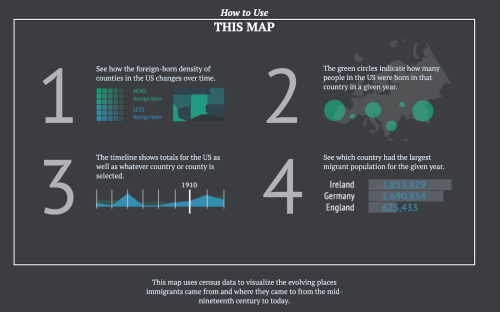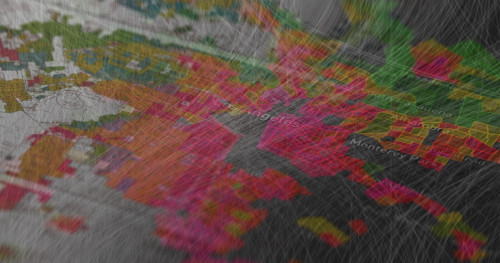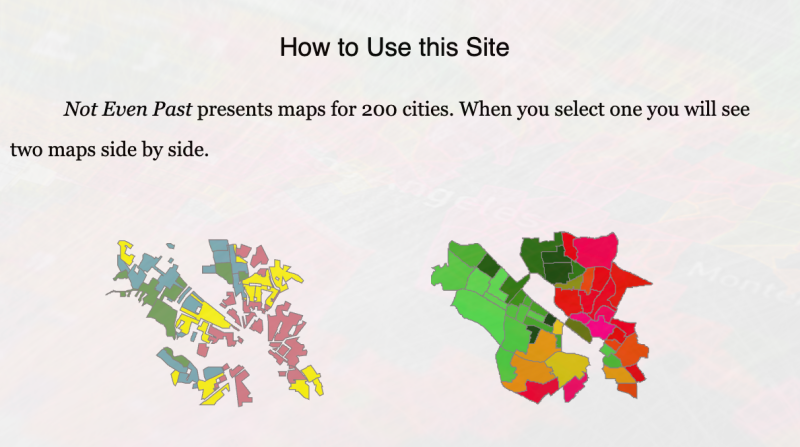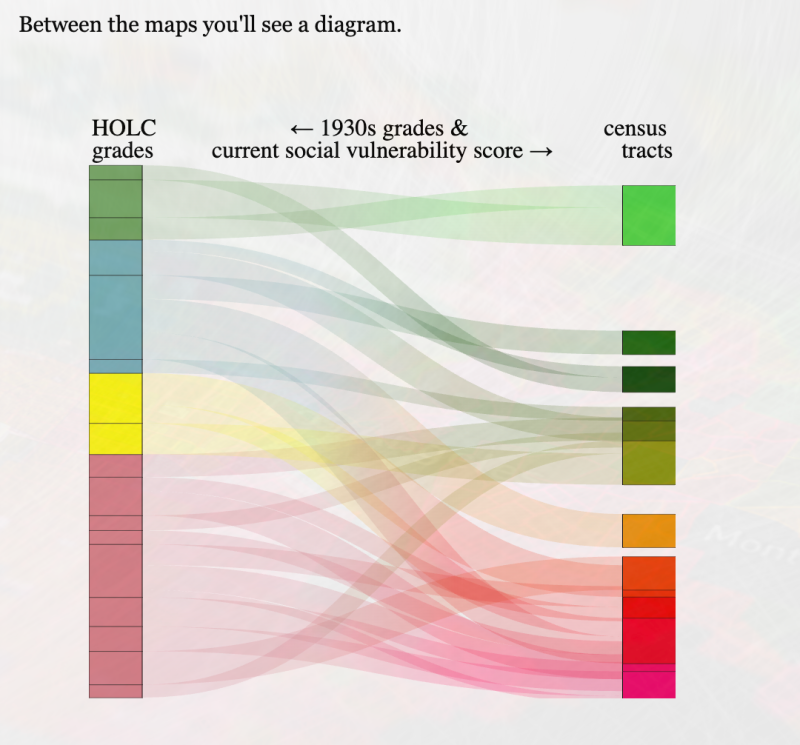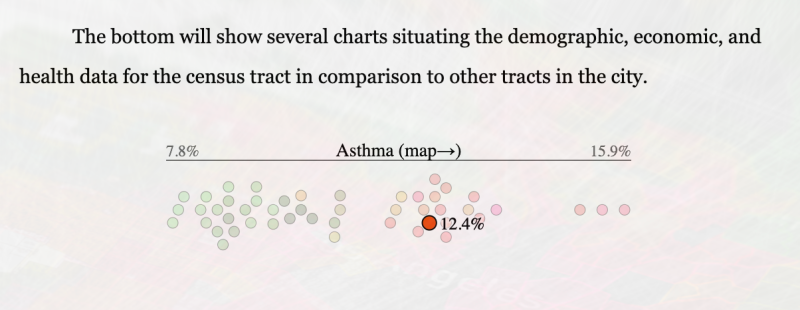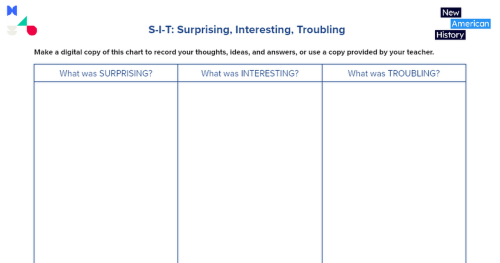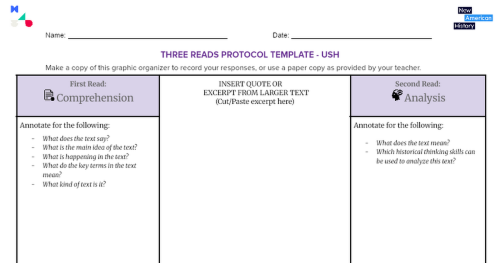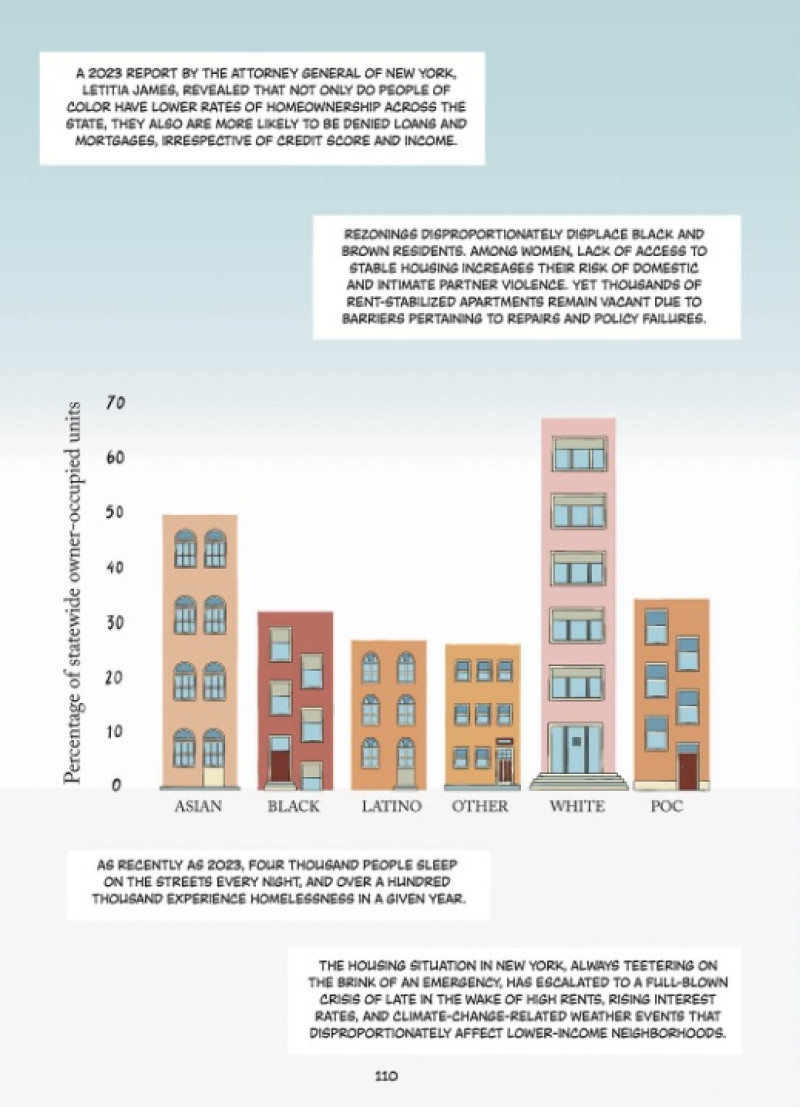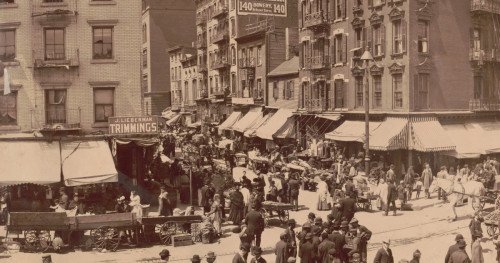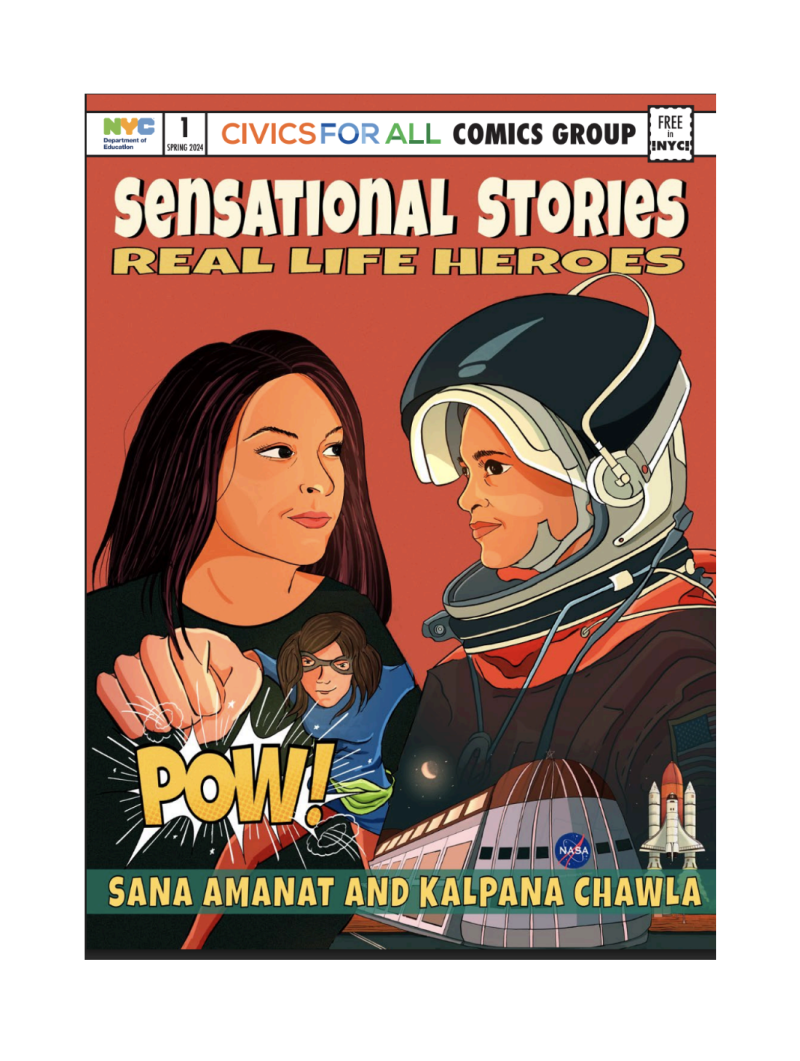This work by New American History is licensed under a Attribution-NonCommercial-ShareAlike 4.0 (CC BY-NC-SA 4.0) International License. Permissions beyond the scope of this license may be available at newamericanhistory.org.
This Beautiful, Ridiculous City
View Student Version
Standards
RH.9-10.1: Cite specific textual evidence to support analysis of primary and secondary sources, attending to such features as the time and place of publication, origin, authorship, etc. RH.9-10.2: Determine the central ideas or information of a primary or secondary source; provide an accurate summary of how key events or ideas develop within a text. RH.9-10.3: Analyze in detail a series of events described in a text; determine whether earlier events caused later ones or simply preceded them. RH.9.1-0.5: Describe how a text presents information (e.g., sequentially, comparatively, causally, visually, and graphically). RH.9-10.6: Compare the point of view of two or more authors for how they treat the same or similar topics, including which details they include and emphasize in their respective accounts. RH.9-10.7: Integrate and evaluate visual and technical information (e.g., in research data, charts, graphs, photographs, videos, or maps) with other information in print and digital texts. RH.9-10.9: Compare and contrast treatments of the same topic in several primary and secondary sources.
C3 Framework:D2.Civ.13.6-8. Analyze the purposes, implementation, and consequences of public policies in multiple settings.D2.Civ.13.9-12. Evaluate public policies in terms of intended and unintended outcomes, and related consequences.D2.Civ.14.6-8. Compare historical and contemporary means of changing societies, and promoting the common good.D2.Civ.14.9-12. Analyze historical, contemporary, and emerging means of changing societies, promoting the common good, and protecting rights.D2.Eco.1.6-8. Explain how economic decisions affect the well-being of individuals, businesses, and society.D2.Eco.1.9-12. Analyze how incentives influence choices that may result in policies with a range of costs and benefits for different groups.D2.Geo.2.6-8. Use maps, satellite images, photographs, and other representations to explain relationships between the locations of places and regions, and changes in their environmental characteristics.D2.Geo.2.9-12. Use maps, satellite images, photographs, and other representations to explain relationships between the locations of places and regions and their political, cultural, and economic dynamics.D2.Geo.4.6-8. Explain how cultural patterns and economic decisions influence environments and the daily lives of people in both nearby and distant places.D2.Geo.4.9-12. Analyze relationships and interactions within and between human and physical systems to explain reciprocal influences that occur among them.D2.Geo.8.6-8. Analyze how relationships between humans and environments extend or contract spatial patterns of settlement and movement.D2.Geo.8.9-12. Evaluate the impact of economic activities and political decisions on spatial patterns within and among urban, suburban, and rural regions.D2.Geo.9.6-8. Evaluate the influences of long-term human- induced environmental change on spatial patterns of conflict and cooperation.D2.Geo.9.9-12. Evaluate the influence of long-term climate variability on human migration and settlement patterns, resource use, and land uses at local-to-global scales.D2.His.4.6-8. Analyze multiple factors that influenced the perspectives of people during different historical eras.D2.His.4.9-12. Analyze complex and interacting factors that influenced the perspectives of people during different historical eras.
National Council for Social Studies:Themes: 1. Culture & 4. People, Places & Environments
National Geography Standards: Geography Standard 1: How to use maps and other geographic representations, geospatial technologies, and spatial thinking to understand and communicate information.Geography Standard 6: How culture and experience influence people’s perceptions of places and regions.
EAD FrameworkPrimary Theme: A people with contemporary debates & possibilitiesKEY CONCEPTS Explore the relationships between hard histories and contemporary debatesCultivate an understanding of personal interests, motivations, and decisions as civic agentsBuild strategies for learning about current events, issues, and debatesHSGQ7.3A. Why do particular current events and issues matter to you and how can you learn more about them?HSGQ7.3B. Are there moments, themes, or principles in United States history to which you can connect those issues?HSGQ7.3C. Have the American people ever faced a similar problem before? How did they solve it, or make it worse?CSGQ7.4A. Why do particular current events and issues matter to you and how can you investigate the issues or news stories that interest you?
Teacher Tip: Think about what students should be able to KNOW, UNDERSTAND and DO at the conclusion of this learning experience. A brief exit pass or other formative assessment may be used to assess student understandings. Setting specific learning targets for the appropriate grade level and content area will increase student success.
Suggested Grade Levels: 6 - 8, 9 - 10
Suggested Timeframe: Two 45-minute periods
Suggested Materials: Internet access via laptop, tablet or mobile device, and an excerpt from This Beautiful, Ridiculous City
Key Vocabulary
Acquaintance: a person one knows slightly, but who is not a close friend
American Dream: the ideal by which equality of opportunity is available to any American, allowing the highest aspirations and goals to be achieved
Ancestral: something that has been around so long that it once belonged to your ancestors, the family members who lived before your grandparents were born
Architecture: the art or practice of designing and constructing buildings
Barriers: a fence or other obstacle that prevents movement or access
Bastion: an institution, place, or person strongly defending or upholding particular principles, attitudes, or activities
Billionaire’s Row: a collection of very tall, luxury residential skyscrapers and the surrounding neighborhood near the southern end of Central Park
Capital: wealth in the form of money or other assets owned by a person or organization
Consumerism: the belief that buying and consuming goods and services is good for the economy and that people should prioritize acquiring material possessions
Cuisine: food cooked in a certain way
Demographics: statistical data relating to the population and particular groups within it
Disproportionate: too large or too small in comparison with something else
Discriminatory: making or showing an unjust or prejudicial distinction between different categories of people, especially on the grounds of ethnicity, sex, age, or disability
Gentrification: the process whereby the character of a poor urban area is changed by wealthier people moving in, improving housing, and attracting new businesses, typically displacing current inhabitants in the process
Graphic memoir: a form of non-fiction graphic novel that uses visual elements and storytelling techniques to narrate a personal story or memoir, often focusing on a specific period or theme in the author's life
Gravitating: move toward or be attracted to a place, person, or thing
Immigrant: a person who comes to live permanently in a foreign country
Immigration: the action of coming to live permanently in a foreign country
Incorrigible: (of a person or their tendencies) not able to be corrected, improved, or reformed
Inter-generational: relating to, involving, or affecting several generations
Intimation: an indication or hint
Luxurious: extremely comfortable, elegant, or enjoyable, especially in a way that involves great expense
Meager: (of something provided or available) lacking in quantity or quality
Melting pot: a place where different peoples, styles, theories, etc. are mixed together.
Metamorphosed: change into a completely different form
Modest means: to have few resources (not much money)
Nostalgia: a sentimental longing or wistful affection for the past, typically for a period or place with happy personal associations
Odyssey: a long and eventful or adventurous journey or experience
Peculiar: strange or odd; unusual
Policies: a course or principle of action adopted or proposed by a government, party, business, or individual
Precarious: not securely held or in position; dangerously likely to fall or collapse
Progressive: (of a group, person, or idea) implementing social reform or new, liberal ideas
Rampant: (especially of something unwelcome or unpleasant) flourishing or spreading unchecked
Redlining: policies concentrated people of color in neighborhoods deprived of investment and prevented them from accessing loans and buying property, while white residents were provided more resources and opportunities
Reminiscent: tending to remind one of something
Residents: a person who lives somewhere permanently or on a long-term basis
Rural: areas, which are not towns or cities or suburbs, often farming or agricultural areas
Skyline: an outline of land and buildings defined against the sky
Skyscraper: a very tall building of many stories
Social Vulnerability Index: a tool used to assess the susceptibility of communities to the adverse effects of natural and man-made disasters
Suburban - an area outside of a city that is primarily residential
Tourist trap: a place, often a business or attraction, that exploits tourists by offering overpriced or low-quality goods and services, typically in areas with high tourist traffic
Ubiquitous: present, appearing, or found everywhere
Urban: related to a city or large town, usually more densely populated
Vaulted ceilings: a ceiling design where the ceiling angles up towards the roof, extending higher than a standard flat ceiling, often creating a sense of openness and grandeur
Read for Understanding
Teacher Tips
If you are teaching remotely, consider using videoconferencing to provide opportunities for students to work in pairs or small groups. Digital tools such as Google Docs and Google Slides may also be used for collaboration. Rewordify helps make a complex text more accessible for those reading at a lower Lexile level while still providing a greater depth of knowledge.
Teachers of Multilingual Learners may find that using sentence frames can help ELLs by providing a structured framework that can support them when expressing their ideas in complete sentences, whether they are speaking or writing. It serves as a scaffold for ELLs who struggle with grammar and/or vocabulary while promoting the use of academic language.
Two maps from American Panorama, a digital atlas, are included in this Learning Resource, Foreign Born Population and Not Even Past. For more information on navigating these and other maps created by the Digital Scholarship Lab at the University of Richmond, visit the New American History Learning Resources library.
A Bunk excerpt, “How Urban Density Can Make Our Neighbourhoods Better,” is shared in the Extend section of this learning resource. The excerpt comes from Aeon Media, an Australian-based media nonprofit organization via Aeon America. Some content reflects the Australian English spelling of some vocabulary terms within the excerpt. You may choose to note this as students explore this and other content through a more global lens.
The S-I-T: Surprising, Interesting, Troubling protocol allows students to make their thinking visible using a structured table that can help them categorize their thoughts in a clear and precise manner. It also allows students to demonstrate their engagement with the text, as they note their reactions to various parts of the comic. A template is provided for you to modify as needed, for students to make a digital copy, or to print paper copies for your students as needed.
Exit tickets allow students to reflect on their learning and enhance their communication skills. Exit tickets and graphic organizers allow students to reflect on their learning and enhance their communication skills. The Engage, Explore, and Explain sections of this learning resource include graphic organizers/exit tickets that use Give One/Get One, Sketchnotes, S-I-T Strategy, and Three Reads Protocol for further engagement. A Teacher version of the template is included here. Templates are linked within the lesson for you to modify, for students to copy, or to print paper copies for your students as needed.
Students will also use two types of maps to explore population and immigration patterns across time: the Foreign-Born Population maps and Not Even Past: Social Vulnerability & the Legacy of Redlining maps. The linked documents contain step-by-step directions to navigate the maps on the websites. It might be useful to allow students time to explore and familiarize themselves with the maps and websites before the lesson, so they may gain a better understanding of the information provided.
These Learning Resources follow a variation of the 5Es instructional model, and each section may be taught as a separate learning experience or as part of a sequence of learning experiences. We provide each of our Learning Resources in multiple formats, including web-based and as an editable Google Doc for educators to teach and adapt selected learning experiences as they best suit the needs of your students and local curriculum. You may also wish to embed or remix them into a playlist for students working remotely or independently.
Read for Understanding (for students)Kay Sohini is a researcher, writer, and comics writer/illustrator. This Beautiful, Ridiculous City is a graphic memoir detailing significant moments of her life in India and mostly, in New York City. Using literary references, New York City landmarks, and poetic refrains, she tells her story of coming to New York and building a life for herself amid hardships and the personal quest to find a place to belong. Her story deals with important themes, such as immigration, searching for the “American Dream,” changing landscapes, and gentrification. By studying a variety of maps, looking at shifting demographics, and significant landmarks, her story unfolds throughout the beautiful, ridiculous city that is New York.
Engage:
How do images tell a story of immigration and belonging?
In This Beautiful, Ridiculous City, Kay Sohini tells her story of immigration from India, exploration of New York City, and creating a new home in a new country through the use of maps, landmarks, and travels throughout the different boroughs of New York City. As you examine the following images, consider how the graphics/illustrations add to your understanding of her personal narrative, or graphic memoir.
Directions: Make Observations about these maps/images –
- What do you see?
- What observations can you make?
- What information does the map provide?
- What information can you gather from the images and text?
- Why do you think the author included these pages in her memoir?
Sentence Frames:
- I see / notice _____________.
- I can observe that ______________.
- The map tells me that ___________________.
- The images and text let me know that _______________.
- The images and text tell me about ________________.
- I think the author included these pages in her memoir to show _______________.
Now consider this other image – you may wish to take a closer look here.
Directions: Make Observations about this graph:
- What do you see?
- What observations can you make?
- What information does this graph provide?
- What information can you gather from the images and text?
- Why do you think the author included this page in her memoir?
Sentence Frames:
- I can see / notice ____________.
- I can observe that _______________.
- This graph tells me that ______________.
- The images and text tell me about ________________.
- I think the author included this page in her memoir to show _______________.
Once you have finished jotting your observations, use the Give One/Get One Protocol to exchange ideas with a classmate (or two) and record their answer below using the graphic organizer provided.
Your teacher may ask you to record your answers on an exit ticket.
Explore:
How do maps help us make connections between local communities and people around the world?
Read through the following excerpt from This Beautiful, Ridiculous City. After reading, discuss with a partner how the author uses maps, images, and New York City landmarks to illustrate her explorations of the city she now calls home.
Then, take some time to explore the maps of Foreign-Born Population and Not Even Past: Social Vulnerability & the Legacy of Redlining from American Panorama, a digital atlas from the University of Richmond Digital Scholarship Lab. Look for patterns in immigration to New York from the past or present.
The Foreign-Born Population maps illustrate how immigration has always been a part of American history, with a significant portion of people being born in other countries around the world and settling within the United States.
In the “Not Even Past” maps, examine social vulnerability and how redlining policies have influenced and affected where people live, as well as the conditions in which they live. To understand the maps, go to the link below and scroll down for "how to use this site" and what you will see.
As you look through This Beautiful, Ridiculous City compare it to maps of Brooklyn, Manhattan, or other boroughs in New York City, as shared on the map.
Stop & Think:
- What do you notice?
- What information does each map provide?
- What does this tell you about immigration patterns over time?
Take notes using the S-I-T Strategy with the information you are most interested in exploring.
(Your teacher may provide a paper copy, or you may make a copy of the Google Docs version using this link to record your responses.)
Consider the question:
- How do maps help us make connections between local communities and people around the world? Explain.
Your teacher may ask you to record your answers on an exit ticket.
Explain:
How do maps and images work together to build a personal narrative?
Use the Three Reads Protocol while reading an excerpt from This Beautiful, Ridiculous City. The protocol involves multiple readings (and re-readings) of the text to ensure you will gain a clear understanding of the message, a close analysis of the speaker’s choice of words and phrases, and the making of connections between the author’s story and how maps and images work together to build her personal narrative. You may use this Three Reads template to make a digital copy, or use a printed copy provided by your teacher.
First read - Comprehension: Read the excerpt with a partner or in a small group as directed by your teacher. Read the excerpt all the way through, stopping to clarify vocabulary and big ideas. After this first read, discuss the central idea or big ideas within Kay Sohini’s narrative.
Questions to consider:
- What is this section mostly about?
- What are some of the “big ideas” the author brings up?
- What do you think the author’s message to her audience is?
Second Read - Analysis: Read the excerpt a second time, either independently or with a partner, taking into account how the images influence the narrative and any parts that stand out.
Questions to consider:
- What words/phrases or images stand out to you?
- Are they surprising? Shocking?
- Do you agree or disagree with them?
- Do you feel they add to the story?
- Do you notice any themes/messages or repetition within these pages?
- Are these words/phrases or images that you feel are important to conveying the author’s message to her audience? Why or why not?
Third Read - Connecting to Context: Read through the excerpt a third time, and consider the theme of immigration or the idea of “The American Dream,” and how it might influence the author’s point of view. Discuss your ideas within a small group.
Questions to consider:
- How does the author describe her explorations throughout the city?
- What observations does she make about people and places in New York?
- Considering the theme of immigration or “The American Dream,” how do you feel this influences the author’s point of view?
Your teacher may ask you to record your answers on an exit ticket.
Elaborate:
How do policies (such as redlining) influence where different cultures settle within a community?
Considering your reading and exploration of maps, take a second look at this image from the text:
Discuss within a small group:
- What does the 2023 report by the Attorney General of New York reveal about people of color and homeownership?
- How have re-zoning laws affected people of color?
- How do you think the legacy of redlining has influenced residents in New York?
- How do you feel about these laws and policies? Explain your thinking.
Sentence Frames: (complete one or more of these!)
- The 2023 report by the attorney general of New York reveals that _____________________.
- Re-zoning laws affected people of color because _____________________.
- I think that the legacy of redlining has influenced residents in New York by ____________________.
- I feel that these laws and policies ____________ because ____________.
Your teacher may ask you to record your answers on an exit ticket.
Extend:
What makes urban environments so enticing to immigrants and foreign-born people?
Throughout history, immigrants have been drawn to the “big city” in places like New York. What makes urban environments so enticing to people from around the world?
Read this Bunk excerpt, “How Urban Density Can Make Our Neighborhoods Better.”
Select the “View Connections” button to explore more excerpts as connected in Bunk. You may choose different icons as you explore. Note the associated tags that connect each excerpt to another. Explore one or more tags.
Consider the following:
- What role do urban communities play in welcoming immigrants and assimilating cultures?
- Are there any cultural communities within urban cities that you would like to learn more about?
Explore some of the Bunk connections.
To read an additional graphic immigration story by Kay Sohini, you might want to check out the New York City Civics for All comic, “Sensational Stories #1 - Real Life Heroes,” about Sana Amanat and Kalpana Chawla.
Your teacher may ask you to record your answers on an exit ticket.
Citations
Facing History and Ourselves. “What is the Give One, Get One Strategy?” February 20, 2015. Accessed March 23, 2025. https://www.facinghistory.org/resource-library/give-one-get-one
Foreign-Born Population Maps. DSL.Richmond.Edu. Accessed April 2, 2025. https://dsl.richmond.edu/panorama/foreignborn/#decade=1990&county=G3600610
Holleran, Max. “How Urban Density Can Make Our Neighborhoods Better.” BunkHistory.org. December 9, 2021. Accessed April 2, 2025. https://www.bunkhistory.org/resources/how-urban-density-can-make-our-neighbourhoods-better-aeon-essays
Keller, Keeley, “10 Reasons You Should Use Sentence Frames In Your Classroom.” TeachingChannel.com. September 9, 2022. Accessed March 23, 2025. https://www.teachingchannel.com/k12-hub/blog/10-reasons-you-should-use-sentence-frames-in-your-classroom/#:~:text=1)
New Visions for Public Schools. Three Reads Protocol for Social Studies. Accessed March 25, 2025. https://curriculum.newvisions.org/social-studies/resources/resource/instructional-routine-three-reads-protocol/
Not Even Past: Social Vulnerability and the Legacy of Redlining. DSL.Richmond.Edu. Accessed April 2, 2025. https://dsl.richmond.edu/socialvulnerability/
PBWorks.com. Teaching Reading and Language. “Literary Devices & Terms.” Accessed March 25, 2025. https://teachingreadingandla.pbworks.com/f/Literary+Devices.pdf
“S-I-T: Surprising, Interesting, Troubling.” Facing History & Ourselves. Accessed June 17, 2024. https://www.facinghistory.org/resource-library/s-i-t-surprising-interesting-troubling
Sohini, Kay. “Sensational Stories #1 - Real Life Heroes.” NYC Civics For All - Inforhub.nyced.org. Accessed April 3, 2025. https://www.weteachnyc.org/media2016/filer_public/68/13/681366d4-a8ec-464a-ae59-5ee6aec09473/sensational_stories_1_real_life_heroes_v5_web.pdf
Sohini, Kay. This Beautiful, Ridiculous City. New York: Penguin Random House, 2025. https://www.penguinrandomhouse.com/books/753097/this-beautiful-ridiculous-city-by-kay-sohini/
The Teacher Toolkit, “Exit Ticket.” Accessed March 23, 2025. https://www.theteachertoolkit.com/index.php/tool/exit-ticket
View this Learning Resource as a Google Doc


